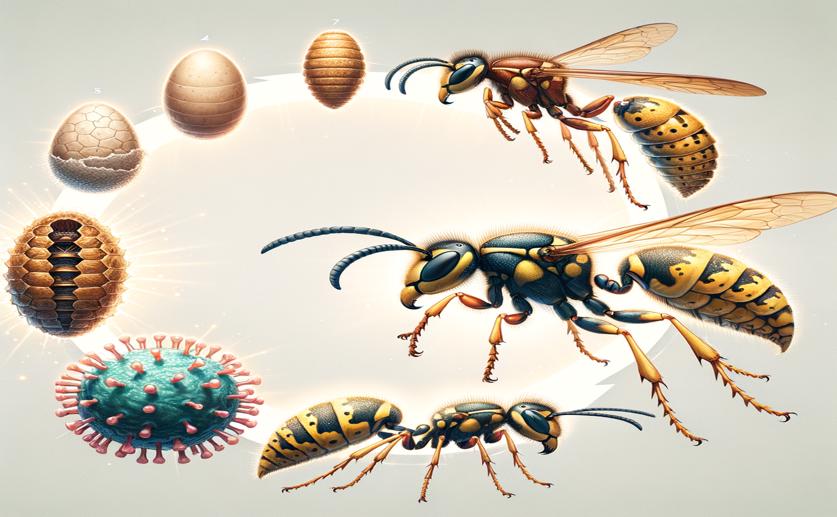
How a Virus Infection Extends Lifespan in Certain Wasps
Jim Crocker
6th June, 2024

Image Source: Natural Science News, 2024
Key Findings
- The study by Zhejiang University focused on the parasitoid wasp Pteromalus puparum and the virus PpNSRV-1
- PpNSRV-1 infection significantly extends the lifespan of Pteromalus puparum wasps
- The SPOP gene PPU06594-RA plays a crucial role in lifespan extension, confirmed through RNA interference experiments
References
Main Study
1) Transcriptomic alterations in host parasitoid wasps resulting in extended lifespan due to PpNSRV-1 infection
Published 5th June, 2024
https://doi.org/10.1007/s44297-024-00029-w
Related Studies
2) WaspBase: a genomic resource for the interactions among parasitic wasps, insect hosts and plants.
3) Redefining the invertebrate RNA virosphere.
4) A novel negative-stranded RNA virus mediates sex ratio in its parasitoid host.



 21st May, 2024 | Greg Howard
21st May, 2024 | Greg Howard